Which grow lights are best depends on quite a few factors as we’ve seen in Part 1 (light quality) and Part 2 (light quantity). It also depends on what you are wanting to achieve with the setup and whether primary or supplemental lighting is necessary. Most of the material covered in this series focuses on grow lights as primary light sources and this requires a broad spectral output.
For quick reference, we’ve compiled a list of several types of lights below that provide relatively wide spectrums along with PPFD measurements, lumen ratings, and other details when available. The list is by no means exhaustive but does represent several affordable and readily available options. Along with the rest of the information covered in this series, we hope it will give you a good starting point to make more informed decisions about which grow lights will work best for your setup.
Note: All Spectral Distribution Curves provided have been adapted to fit a 300-800nm graph range for a more standardized comparison. However, remember to check the Y axis before making any close comparisons as these values can differ from one graph to the next.
T5-HO Bulbs and Fixtures
T5-HO lights are more expensive than T8s but they produce slightly more light for the amount of energy consumed. This may be a good option if you live in an area where electricity is more expensive. T5-HO lights usually run a little hotter than T8s.
PPFD
Unavailable
Notes: This bulb would work well as a supplemental light, but as a primary light source it would need to be paired with one that produces more light in the red end of the spectrum. If your fixture already has multiple sockets, this is easy to do as bulbs with different spectrums can be used at the same time.
Lumens: 5,000
Kelvin: 6400K
CRI: Unavailable
Watts: 54
PPFD
Unavailable
Notes: The SDC for this bulb was unavailable but judging by the Kelvin temperature, we can assume it will produce a decent amount of red light. It would most likely need help on blue end of the spectrum though by combining it with a bulb that has a cooler Kelvin rating like the one above.
Lumens: 5,000
Kelvin: 2700K
CRI: Unavailable
Watts: 54
Lumens: 20,000
Kelvin: 6500K included
CRI: Unavailable
Watts: 230
Lumens: 4,000-60,000
Kelvin: 6400K included
CRI: Unavailable
Watts: 48-648
Compact LEDs
Compact LEDs are good for a small grow space such as a terrarium or single pot. They are energy efficient and produce less heat that most other single-bulb options.
Lumens: Unavailable
Kelvin: Unavailable
CRI: Unavailable
Watts: 10-24
Linear LEDs
Linear LEDs are an energy efficient option that can cover a grow space similar in size to that of a T8 or T5-HO setup while typically generating less heat. While these can be great benefits, it should be noted that the light output of Linear LEDs is usually less than that of fluorescent bulbs so more LEDs will be needed to achieve comparable strength.
Lumens: Unavailable
Kelvin: Unavailable
CRI: Unavailable
Watts: 24-42
LED Panels
While they can have a slightly higher cost upfront, LED lights are the best option if you are going for maximum energy efficiency. Manufacturers are more likely to list PPFD measurements for LED grow lights as well so it can be easier to estimate whether they will work for your plants. Heat output varies depending on the size of the light, but LEDs tend to run cooler than fluorescent fixtures.
Lumens: 3375
Kelvin: 7700K
CRI: Unavailable
Watts: 22
Lumens: Unavailable
Kelvin: 3000K, 5000K, red light 660nm and IR 730nm
CRI: Unavailable
Watts: 85
(actual consumption)
Lumens: Unavailable
Kelvin: 3000K, 5000K, IR 660nm, 760nm RED
CRI: Unavailable
Watts: 100
(actual consumption)
Lumens: Unavailable
Kelvin: 3000k, 5000k, 660nm
CRI: Unavailable
Watts: 100
(actual consumption)
Metal Halide (MH) & High Pressure Sodium (HPS) Bulbs
Metal Halide (MH) bulbs are nice because they usually have a more even spectral output than that of fluorescent lights and LEDs. They also produce a fair amount of IR and UV light which can also be good for plants. Downsides are they produce quite a bit of heat, use more energy, and can burn out more quickly than most of the other technologies listed here. These negatives may not be so bad though considering how large of a grow space MH bulbs can cover while still maintaining adequate light levels for plants.
High Pressure Sodium (HPS) bulbs are commonly used to induce flowering in plants or as a supplement if another source lacks light in the red range. HPS bulbs produce a lot of heat which may be good or bad for a particular plant’s needs. They also consume quite a bit of energy but can cover a much larger grow space than most fluorescent and LED lights.
PPFD
Unavailable
Notes: This bulb has a nice wide spectrum but may benefit from some supplemental red light. A high pressure sodium bulb could help with this but will also increase the amount of heat being generated. This could be a good or bad thing though depending on a plant’s temperature requirements. An alternative might be some red LEDs.
Lumens: 36,000-105,000
Kelvin: 6000K
CRI: Unavailable
Watts: 400-1000
Lumens: 33,000
Kelvin: 4200K
CRI: Unavailable
Watts: 315
Lumens: 55,000-140,000
Kelvin: 2100K
CRI: Unavailable
Watts: 400-1000
Lumens:
MH 36,000-105,000
HPS 55,000-140,000
Kelvin:
MH 6000K
HPS 2100K
CRI: Unavailable
Watts: 400-600
That’s all folks, we hope you’ve enjoyed this series on light for carnivorous plants. We understand it’s one of the more complex topics to grasp though so feel free to leave us questions or comments if you would like clarification anywhere. We’d be glad to help. Thanks for reading and happy growing!


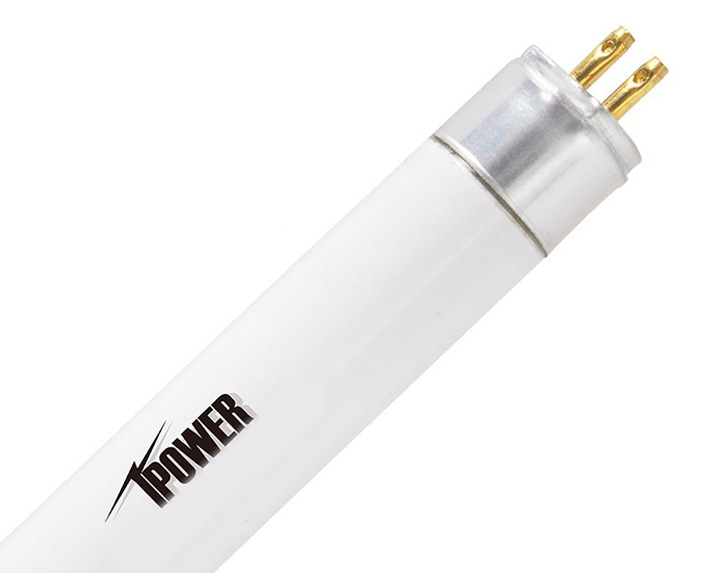

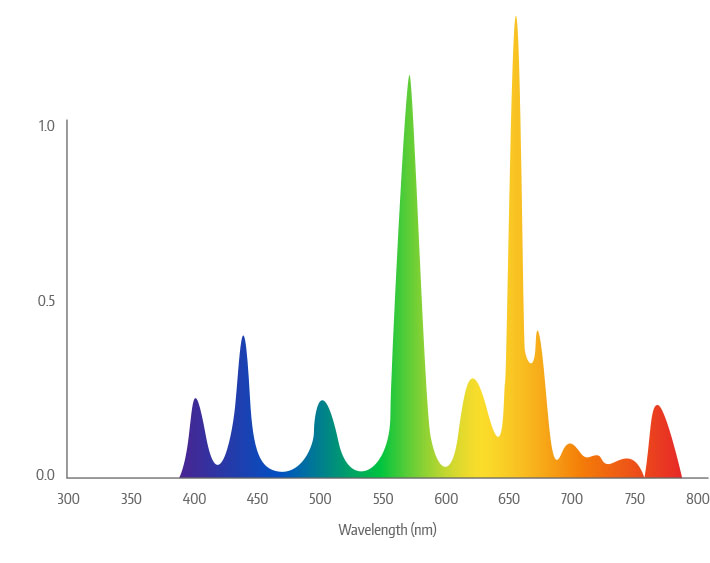
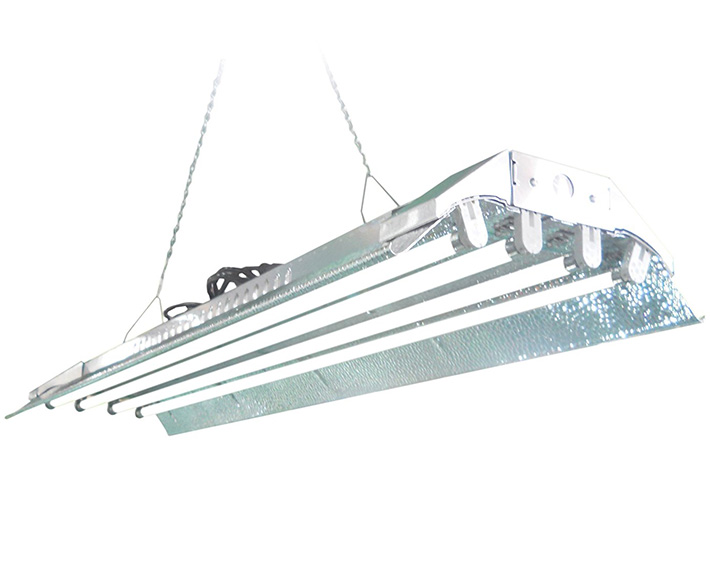
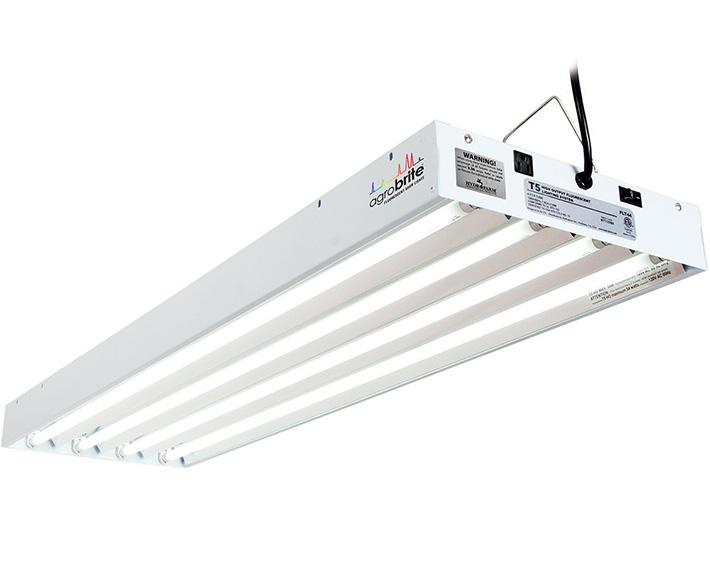


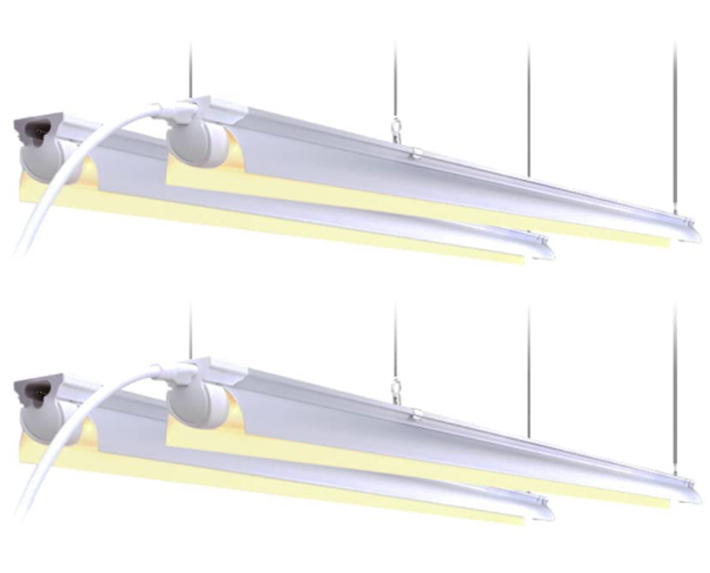

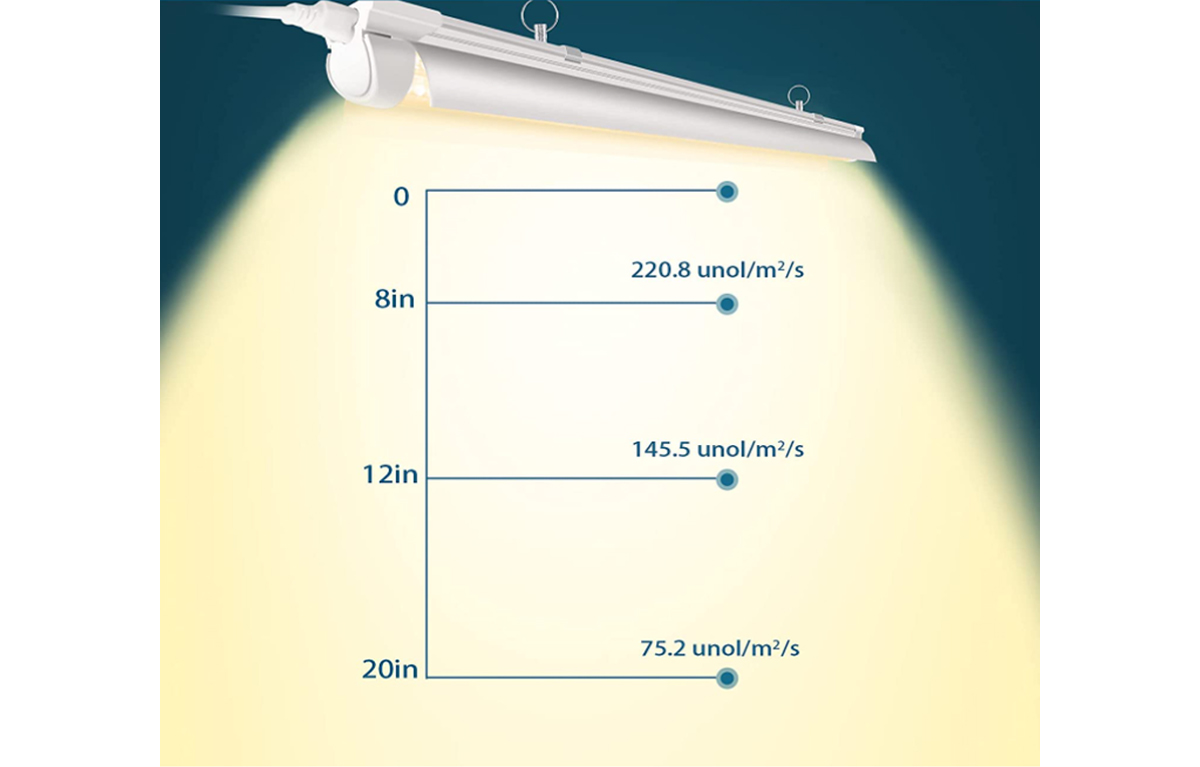

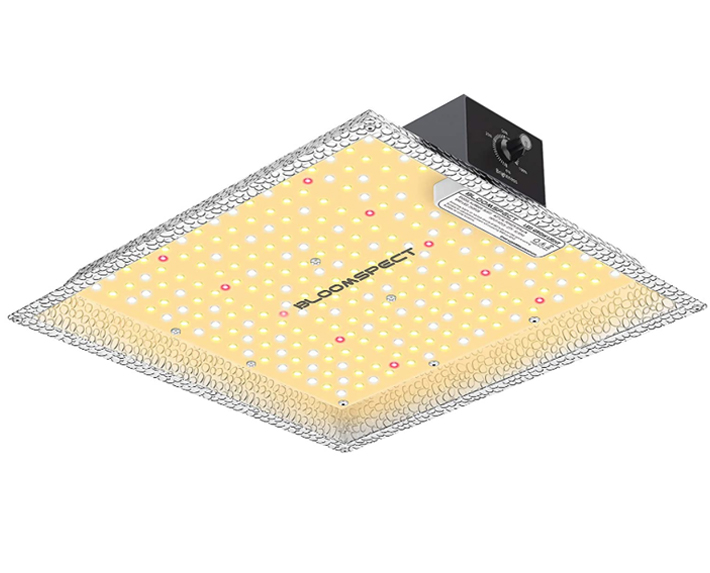
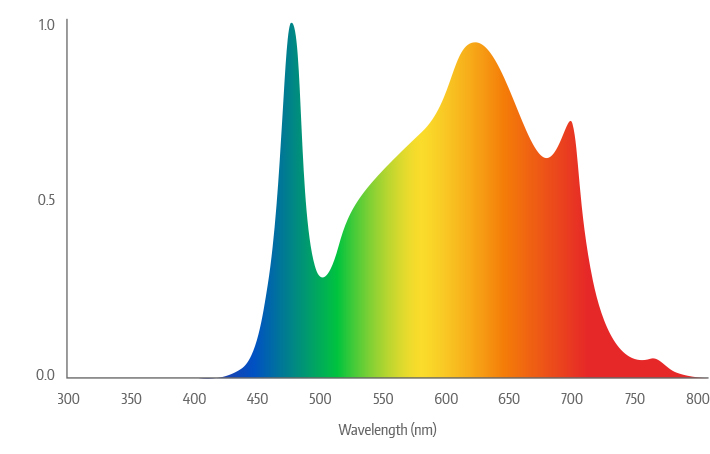

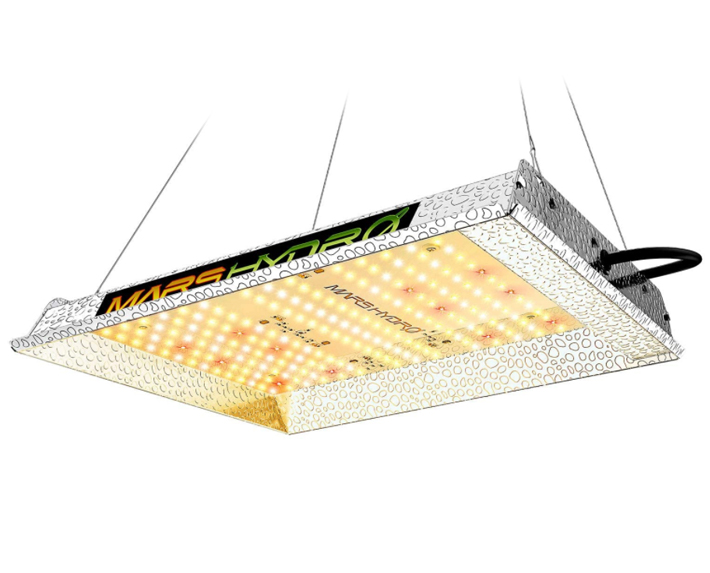
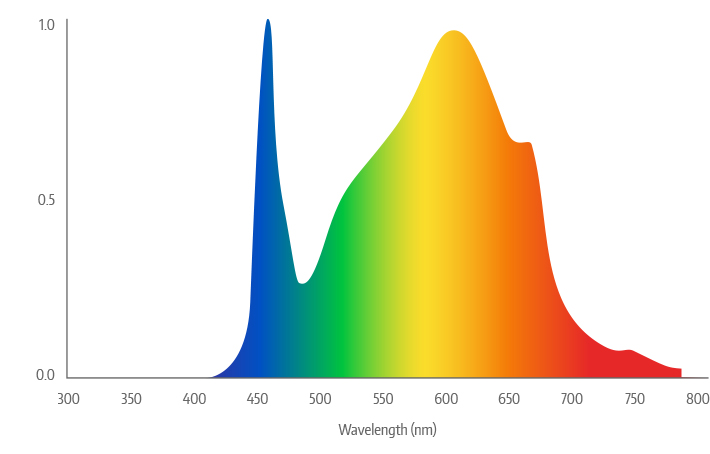


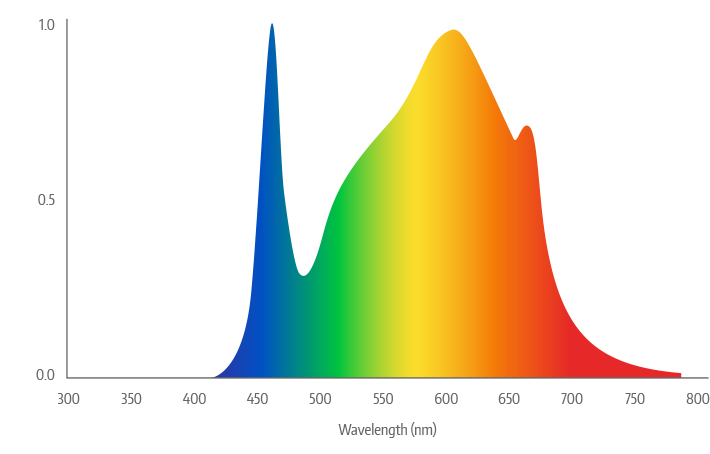

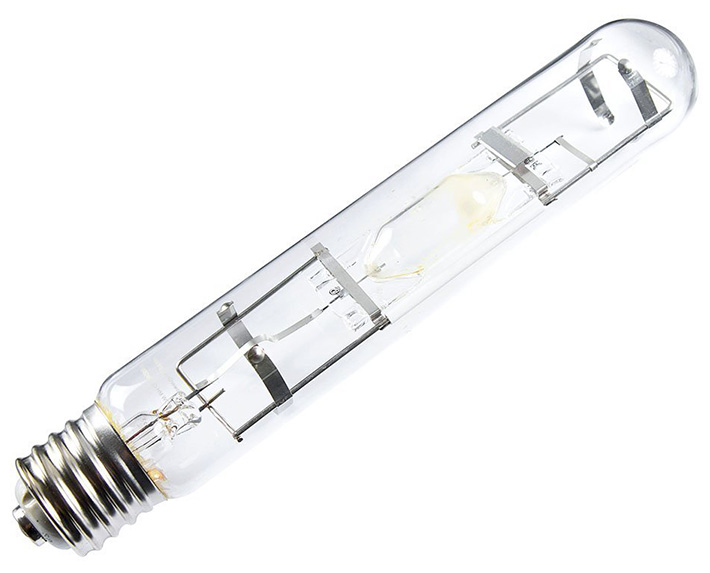
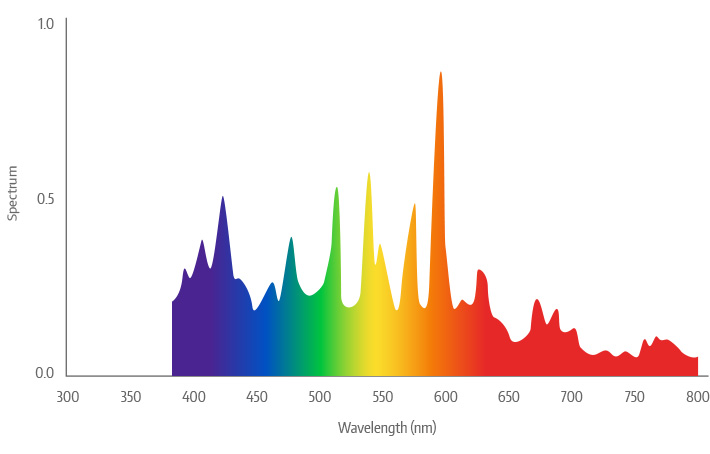
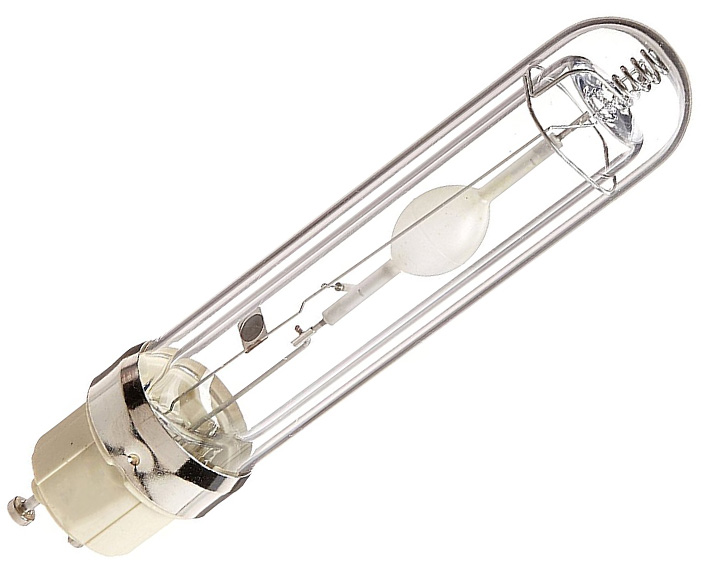
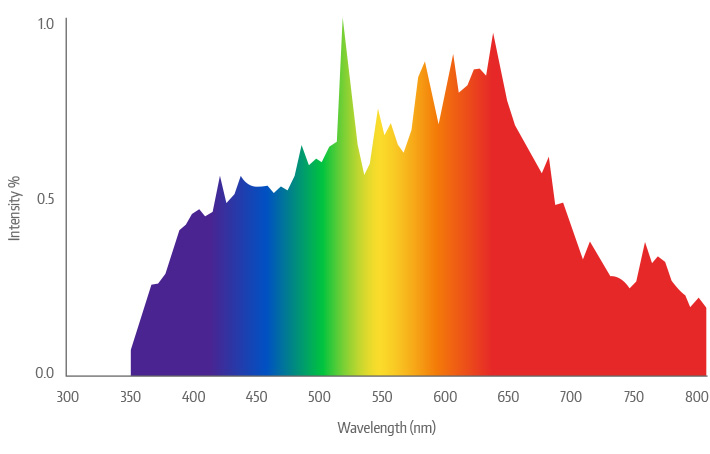
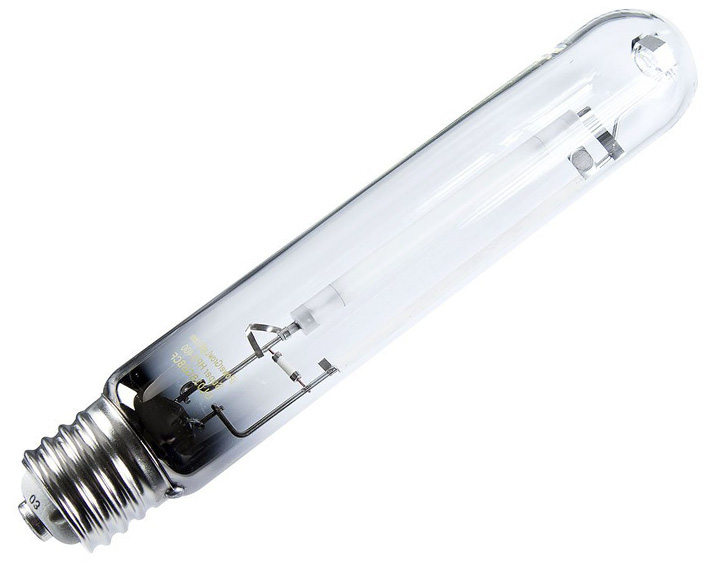

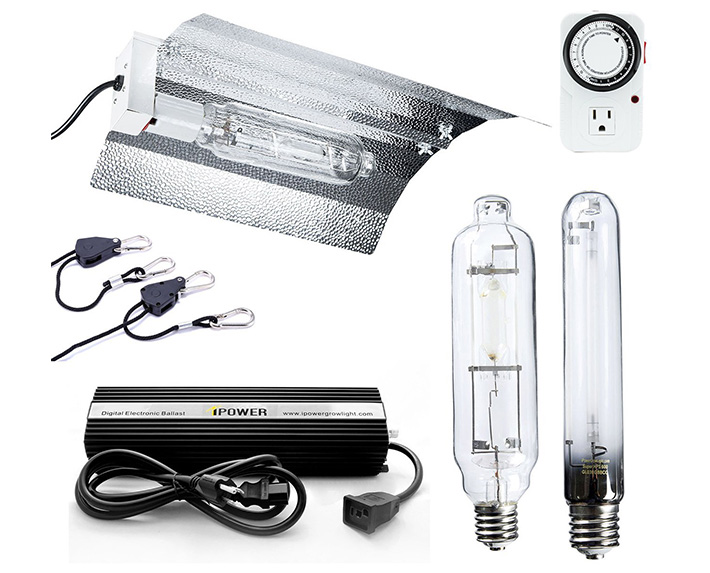
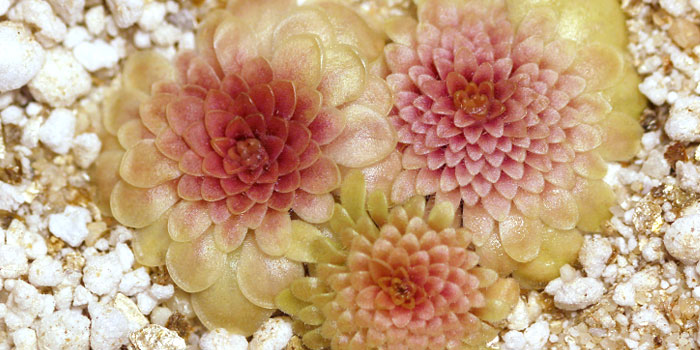
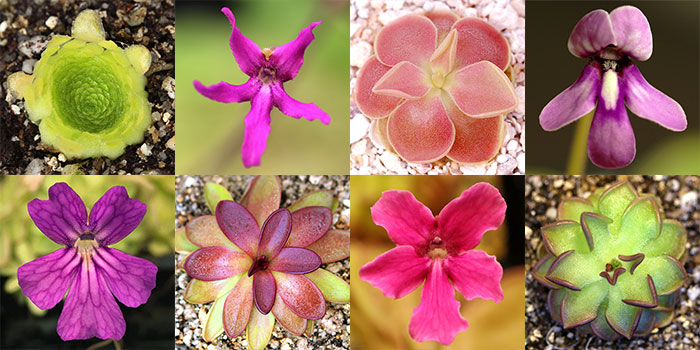

Can I feed my non mature pitcher plant with fish pellets or bloodworms?
Hi Nicolae, as long as the pellets or bloodworms aren’t too large relative to the size of the pitchers and what they would be able to reasonably digest, feeding young pitcher plants is ok too.
Great writing!
Do you have any article about LED vs HPS?
I think LED is good but it needs a huge initial investment for the commercial grower. So it will helpfull if you publish a comparison table between LED & HPS light.
Thank you! We do not currently have an article about LED vs HPS specifically. Our goal with this series was to provide an overview of how to measure light for plants in general with some examples of the various technologies available to help growers make more informed decisions when looking into options for their specific needs. Some more in depth comparisons of the different technologies would be a good place to explore in future articles though!